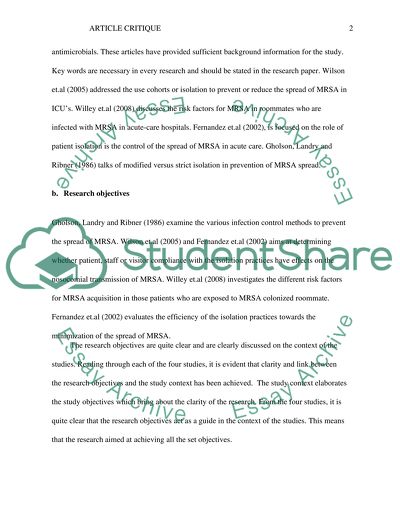Cite this document
(“Article Critique Example | Topics and Well Written Essays - 1250 words”, n.d.)
Article Critique Example | Topics and Well Written Essays - 1250 words. Retrieved from https://studentshare.org/nursing/1467132-article-critique
Article Critique Example | Topics and Well Written Essays - 1250 words. Retrieved from https://studentshare.org/nursing/1467132-article-critique
(Article Critique Example | Topics and Well Written Essays - 1250 Words)
Article Critique Example | Topics and Well Written Essays - 1250 Words. https://studentshare.org/nursing/1467132-article-critique.
Article Critique Example | Topics and Well Written Essays - 1250 Words. https://studentshare.org/nursing/1467132-article-critique.
“Article Critique Example | Topics and Well Written Essays - 1250 Words”, n.d. https://studentshare.org/nursing/1467132-article-critique.


